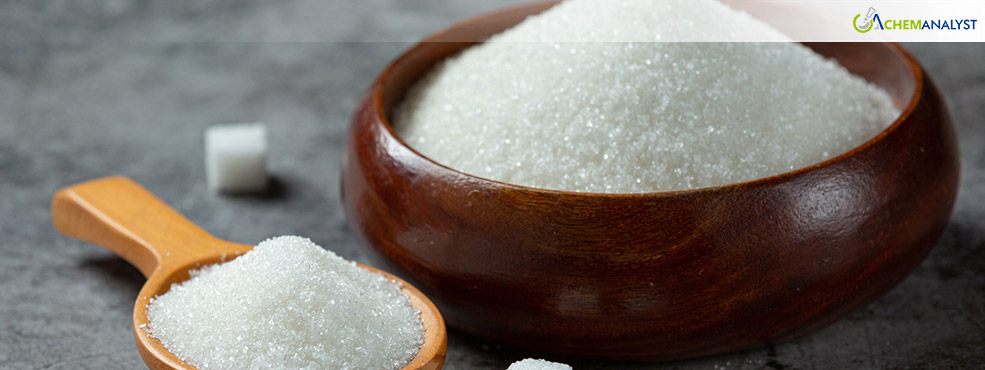Global Sugar Prices Fall in November 2024 Due to Weakened Demand and Adverse Weather
- 09-Dec-2024 7:30 PM
- Journalist: Conrad Beissel
In November 2024, global Sugar prices trended downward, driven by reduced production due to adverse weather and a slump in export activities. Softened demand from industrial buyers and the food and beverage sector further weighed on the market. Sluggish economic conditions in emerging markets and lower consumer spending on non-essentials tempered consumption, while high stock levels in key importing countries curbed additional purchases, keeping prices under pressure.
Sugar prices in India have continued to decline, reflecting a combination of subdued retail sales and ample inventories. This persistent price dip comes against the backdrop of challenging market conditions, particularly in the fast-moving consumer goods (FMCG) sector, and the seasonal ramp-up in Sugarcane crushing. The FMCG sector, which heavily influences retail Sugar demand, has experienced sluggish growth during October and November 2024. Major players such as Hindustan Unilever (HUL), Nestlé, Britannia, and Tata Consumer have reported a slowdown in urban demand, citing rising urban real estate costs, food inflation, and slower wage growth as key factors constraining middle-class spending power. While these companies anticipate a recovery by March or April 2025, the current market outlook remains subdued, directly impacting Sugar consumption in the retail segment. On the supply side, India's Sugarcane crushing season has gained significant momentum. As of November 30, 2024, 381 Sugar mills across the country have commenced operations for the 2024–25 season, crushing a total of 332.68 lakh tonnes of Sugarcane and producing 27.90 lakh tonnes of Sugar, according to data from the National Federation of Cooperative Sugar Factories Limited (NFCSF). The robust pace of crushing and Sugar production has ensured adequate supply in the market, further pressuring prices downward.
Similarly, Sugar prices in Brazil saw a slight decline in November 2024, diverging from the upward trend noted in the prior month. This marginal dip reflects significant shifts in production and export dynamics within the country’s Sugar industry. Sugar production in Brazil’s southern region dropped approximately 60% compared to November 2023, driven by reduced Sugarcane crushing and a strategic decrease in the share of Sugarcane allocated to sweetener production. While these changes typically tighten domestic supply and push prices upward, their impact was mitigated by other market factors. Brazil’s Sugar and molasses exports also fell to 3.391 million tons in November, down 7.0% from the 3.644 million tons exported in the same period last year, according to the Foreign Trade Secretariat (Secex). This reduction was linked to logistical challenges and potentially weaker international demand.
As per ChemAnalyst, global Sugar prices are expected to decline further due to high stock levels, steady production in key regions, and subdued demand from industrial buyers and consumers. Easing export activities and sluggish economic growth in emerging markets will likely maintain downward pressure on Sugar prices in the near term.



